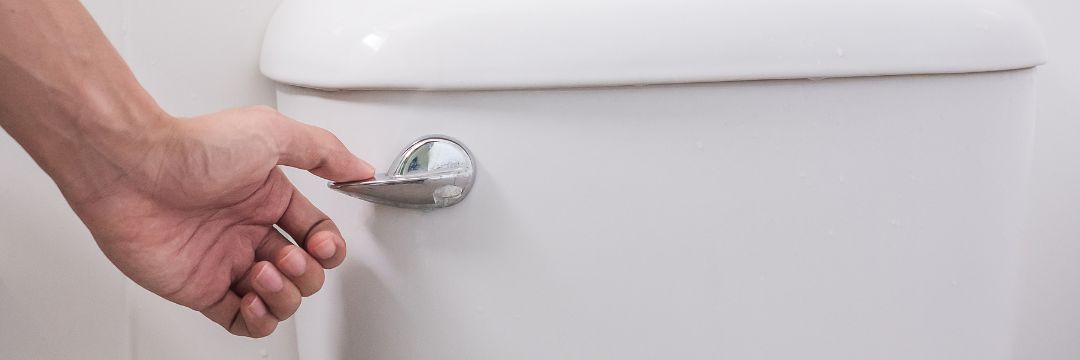
You may have seen many advertisements trying to convince you that one therapy or procedure is better than another for BPH, also known as an enlarged prostate. It makes sense since BPH is such a common concern among aging men. Statistics show that about 50% of men over 50 and 80% of men over 80 experience symptoms associated with excess prostatic tissue growth, leading to urinary tract symptoms. Over the past couple of decades, several BPH treatment options have been developed with varying degrees of effectiveness. Some have evolved into new and better technologies, while others use novel, previously unheard-of methods to reduce the pressure on the urethra and relieve lower urinary tract symptoms.
In this article, we will discuss the viability of one of the newest devices on the market to address the overgrowth of prostatic tissue. Known as Aquablation, this is a novel procedure that uses an autonomous robot to direct a water jet at the prostate, separating and ultimately destroying some of the excess tissue causing the narrowing of the urethra. Aquablation is novel for two reasons. First, no other procedure uses a stream of water to achieve the end goal. Secondly, the urologic surgeon’s role in this procedure is simply to place the device appropriately in the urethra, and the robot handles the rest.
On the surface, this seems like an excellent option, and the manufacturer’s indication states that it is suitable for anyone with an enlarged prostate. In theory, this makes sense, and the device was an exciting technological leap for all of us in the field.
The reality of the procedure is somewhat different, however, in that while the water jet is very effective in eliminating excess prostatic tissue, there is no cauterization of the treated tissue. This means the procedure can get very bloody and requires a night in the hospital for observation to ensure the bleeding is not problematic. Of course, this hospital stay makes the procedure’s minimally invasive nature less appealing. It also means that for patients with a smaller enlarged prostate, in-office procedures like Rezum that use steam or water vapor therapy often make a lot more sense. As such, the best application for procedures, like Aquablation, seems to be with very large prostates when minimally invasive options are no longer possible.
However, these in-office procedures are unsuitable for patients with very large prostates – those 80g, 100g, or even larger. Traditionally, these patients have undergone a simple prostatectomy, or HoLEP laser procedure, which involves scraping the “pulp” of the prostate out and leaving only the prostate capsule remaining. While Aquablation may be a viable alternative to these gold-standard surgical options, we have not yet seen conclusive evidence that its benefits outweigh those of the tried-and-true surgical options.
Does Aquablation Have a Place In the BPH Treatment Continuum of Care?
As with any treatment, there are pros and cons. Currently, the downside risks of an Aquablation seem to outweigh the benefits, at least, in Dr. Natale’s opinion. However, the procedure may be helpful in some patients with relatively larger prostates. As with any procedure, you should speak to a qualified and experienced urologist with many options in their armamentarium. This way, you can understand different treatment options for different circumstances and tailor a therapy that suits you best.
To learn more about the treatment of enlarged prostate, and the options whether your prostate is relatively larger or smaller, we encourage you to schedule a consultation with Dr. Natale at one of our Charlotte area offices. In the meantime, knowing that you don’t have to live with BPH is important. We have many treatment options, from medication and lifestyle changes to in-office therapies and surgical treatments. BPH does not have to affect your life or lifestyle adversely.









